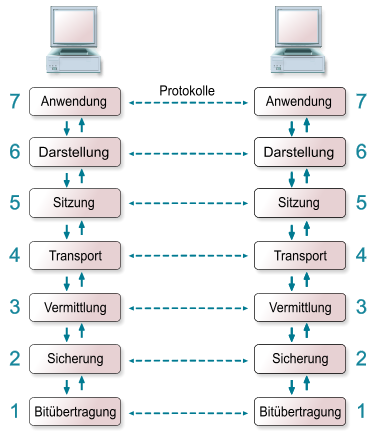Wired Equivalent Privacy: Difference between revisions
No edit summary |
No edit summary |
||
| Line 5: | Line 5: | ||
[[Image:osi.png]] |
[[Image:osi.png]] |
||
== Basic Service Set == |
|||
A WLAN consists of a minimum of two communication partners, also called stations. These stations can communicate with each other using electro-magnetic waves, that have a scope of 20m – 300m. This communication area is known as Basic Service Set (BSS). In order to increase the scope of a wireless network, it is common to introduce access points into the network. These access points relay the traffic from stations and thereby increase the overall communication scope. |
|||
Revision as of 13:59, 21 June 2007
IEEE 802.11 Standard
The IEEE 802.11 standard that was published 1997 by the Institute of Electrical and Electronics Engineers (IEEE). The standard specifies the two lowest layers of the OSI (Open System Interconnection) model for local wireless networks. This specification of the two layers (Physical & Media Access Control) is kown as WLAN or WIFI. Common protocols like the TCP/IP or ARP operate on top of these two layers.
Basic Service Set
A WLAN consists of a minimum of two communication partners, also called stations. These stations can communicate with each other using electro-magnetic waves, that have a scope of 20m – 300m. This communication area is known as Basic Service Set (BSS). In order to increase the scope of a wireless network, it is common to introduce access points into the network. These access points relay the traffic from stations and thereby increase the overall communication scope.
